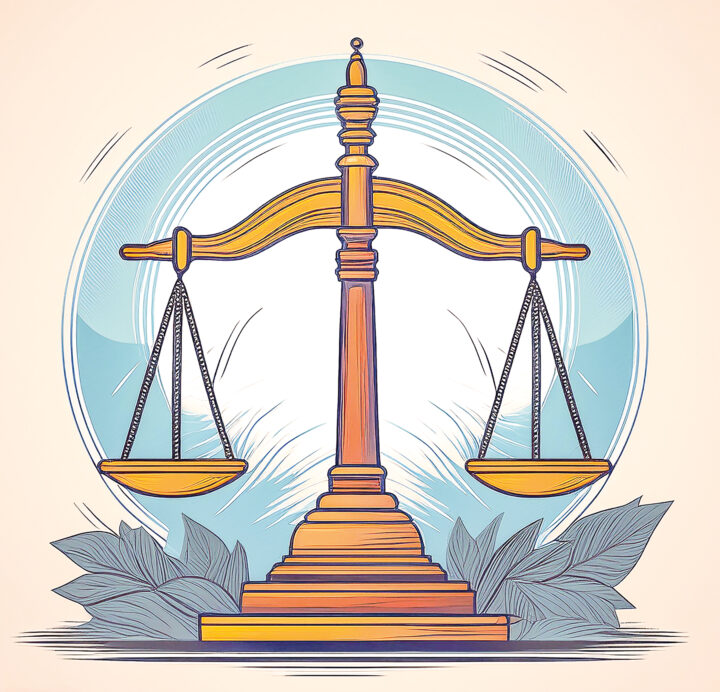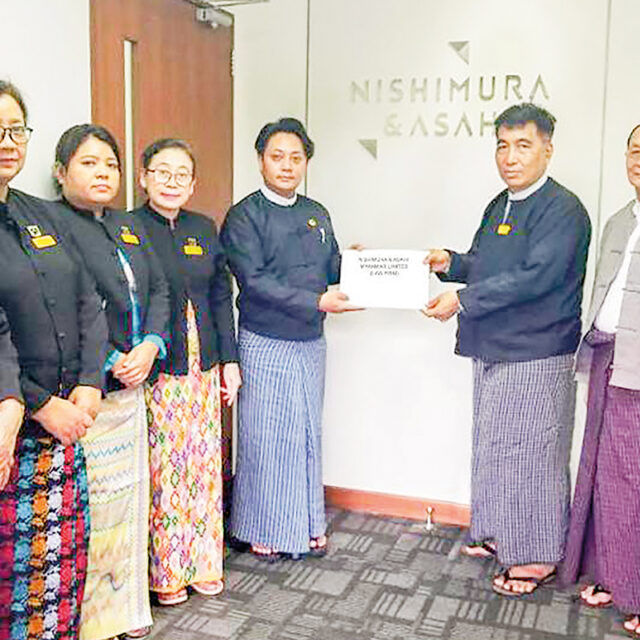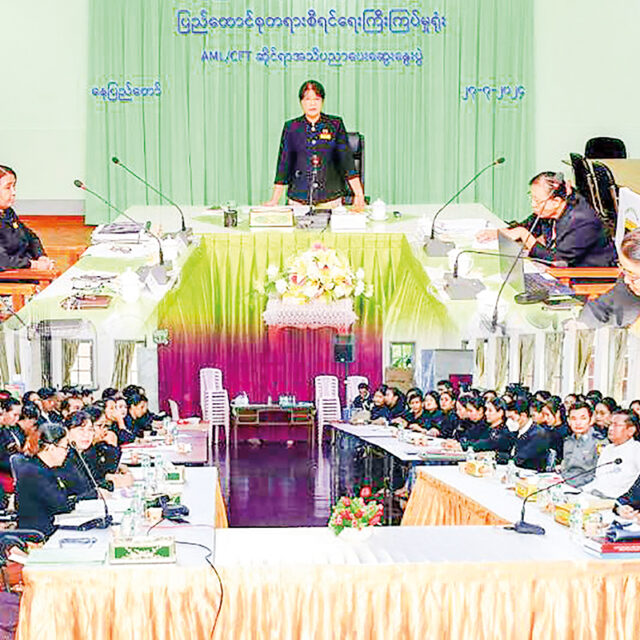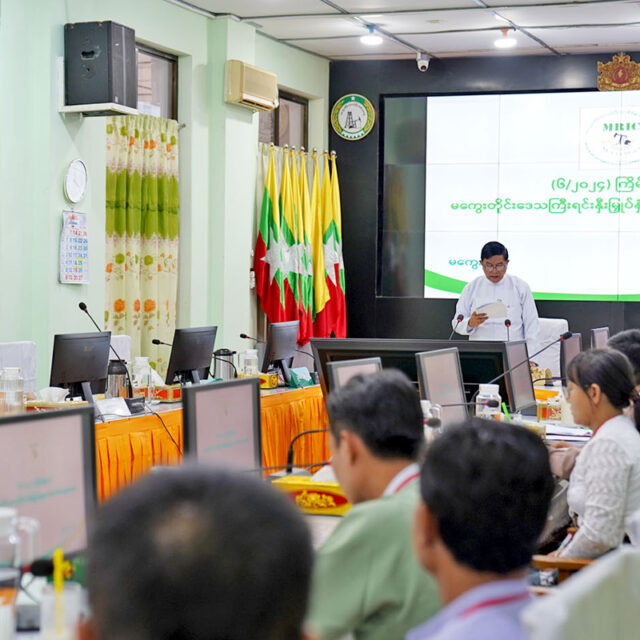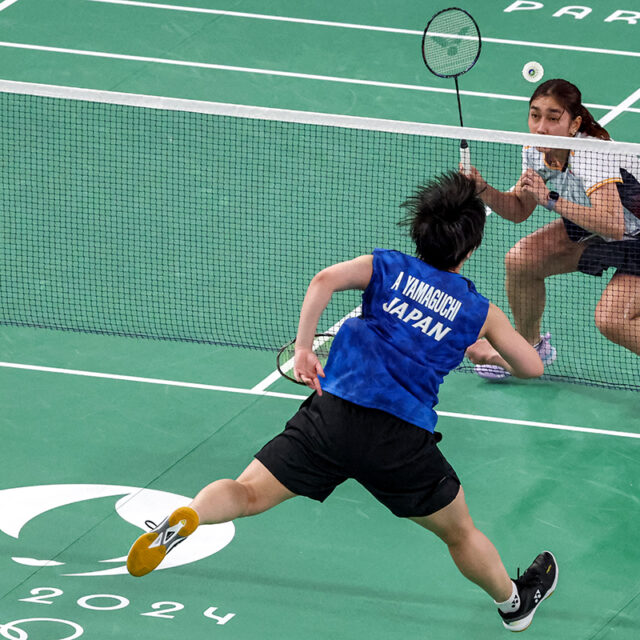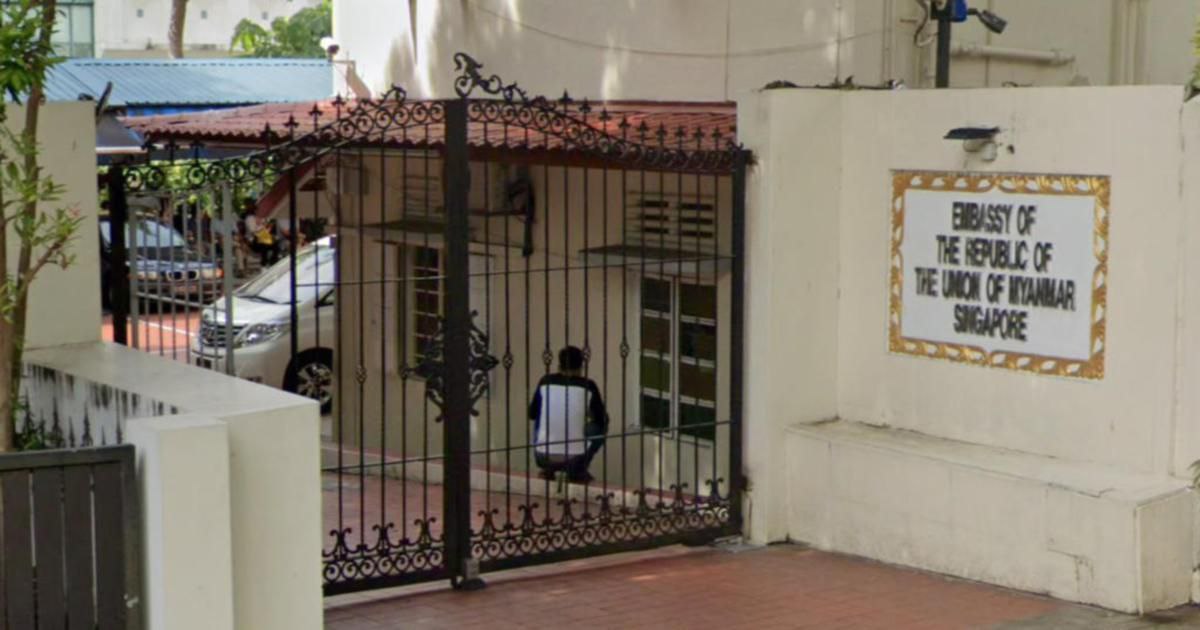Remedy means enforcing a right or preventing or redressing a wrong, legal or equitable relief.
A judicial remedy is a remedy granted by a court, mainly a tort remedy that is either ordinary (as in an action for damages) or extraordinary (as in an equitable suit for an injunction).
The right holder may file a civil miscellaneous case for his grievance in the Intellectual Property Court to order provisional measures under sections 79 and 80. (Section 77 (a) of the Trademark Law)
The right holder may file a criminal or civil case in the Intellectual Property Court. (Section 77 (b) of the Trademark Law)
Right holder means any natural person or legal entity who has the right for a registered mark that is to be regarded as the owner of a mark or a well-known mark or a geographical indication or a trade name or a transferee or a licensee of the registered mark. (Section 2 (s) of the
Trademark Law)
Under the Myanmar Trademark Law, the following can be protected as marks: Mark means any visually perceptible sign in particular words, including personal names, letters, numerals, figurative elements and combinations of colours, as well as any combination of such signs capable of distinguishing the goods or services of one undertaking from those of other undertakings. This expression includes the trademark, service mark, collective mark and certification mark.
(Section 2 (j) of the Trademark Law)
Infringement refers to the act of violating or transgressing upon someone else’s rights, typically intellectual property rights. That can include unauthorized use, reproduction, distribution, or performance of copyrighted works, trademarks, patents, or trade secrets. Infringement often involves the unauthorized use or implementation of someone else’s original creation without obtaining permission or proper licensing. It is considered a legal violation and can result in legal consequences, such as injunctions, damages, or removal of the infringing material or product from the market.
The Intellectual Property Court shall presume that: (a) a mark protected under this Law is infringed where any other third party exercises any right contained in section 38 in the State without the consent of the owner of a mark; (b) the use of a sign which is identical with or similar to an unregistered well-known mark in relation to goods or services which are identical with or similar to those, without the consent, is likelihood of confusion to the public. (Section 78 of the Trademark Law)
The registered trademark owner can claim the following remedies under the Myanmar Trademark Law.
Suspension order: The right holder who has absolute grounds for suspecting that the importation of alleged counterfeit mark goods into the territory of the State has taken place, is taking place or will take place may submit an application in accordance with the stipulations to the Director General of the Customs Department to issue the suspension order of the release of such goods into free circulation. (Section 68 of the Trademark Law)
May file a civil miscellaneous case
The right holder may file a civil miscellaneous case for his grievance in the Intellectual Property Court to order provisional measures under sections 79 and 80. The right holder may file a criminal or civil case in the Intellectual Property Court. (Section 77 of the Trademark Law)
Provisional Measures
The Intellectual Property Court may order the following one or more provisional measures for civil remedies upon the application under subsection (a) of section 77 in respect of the infringements of mark: (i) an order as it thinks fit to prevent the infringement of mark and to prevent the entry into the channels of commerce of the State of mark infringing goods including imported goods after paying leviable duties to the Customs Department and customs clearance; (ii) an order as it thinks fit to preserve relevant evidence in regard to the alleged mark infringing goods; (iii) an order to modify, revoke or confirm the order of suspension issued by the relevant Customs Department. (Section 79 (a) of the Trademark Law)
The Intellectual Property Court may direct the applicant to provide the following to take provisional measures: (i) valid evidence that the applicant is the right holder and that the applicant’s right is being infringed or that such infringement is imminent; (ii) sufficient assurance to prevent abuse of provisional measures. (Section 79 (b) of the Trademark Law)
The Intellectual Property Court may further direct the applicant to supply additional information necessary for the identification of the alleged infringing goods when ordering the provisional measures under subsection (a). (Section 79 (c) of the Trademark Law)
Civil proceeding: The Intellectual Property Court shall revoke or cease to have effect the provisional measures ordered under subsection (a) of section 79 and subsection (a) of section 80 upon request of the respondent without prejudice to subsection (b) of section 80, if civil proceeding is not initiated within the reasonable period determined by the Intellectual Property Court or in the absence of such determination, within 30 days from the date of ordering the provisional measures, to decide on merits of the case for the injury commencing from the date of execution of the requested provisional measures. (Section 79 (d) of the Trademark Law)
An ex parte order of the provisional measures: The Intellectual Property Court may make an ex parte order of the provisional measures in any of the following conditions: (i) where any delay is likely to cause irreparable harm to the right holder; (ii) where there is a demonstrable risk of evidence being destroyed. (Section 80 (a) of the Trademark Law)
An injunction: The Intellectual Property Court may, in case of the infringement of mark, pass any one or more of the following orders without prejudice to the Civil Law and the Code of Civil Procedure in the proceedings under subsection (b) of section 77: (i) an injunction against the infringement of mark, including the prevention of the entry into the channels of the commerce of the State of imported mark infringing goods after paying leviable duties to the Customs Department and customs clearance. (Section 81 (a) (i) of the Trademark Law)
Injunction: The trademark owner can seek an injunction from the court to prevent the infringing party from using the trademark in question. An injunction can be temporary or permanent, depending on the circumstances of the case.
Compensation and legal costs: The Intellectual Property Court may order the applicant to pay the respondent compensation and legal costs, including attorney’s fees and other expenses of the respondent who has been wrongfully restrained by the complaint where the complaint about infringement of mark appears incorrect and dishonest. (Section 82 of the Trademark Law)
Damages: The trademark owner is entitled to claim damages from the infringing party for any losses suffered as a result of the infringement. The court will assess the damages based on factors such as the duration of the infringement, the nature of the infringement, and any profits made by the infringing party.
Confidential information: The Intellectual Property Court may order the adverse party to produce evidence by ensuring the protection of confidential information in appropriate cases, without prejudice to the provisions of existing laws, for the following conditions: (i) when the right holder has produced valid evidence to support his claims sufficiently; (ii) when the right holder has specified that the valid evidence relevant to his claims is in the hands of the adverse party. (Section 83 (a) of the Trademark Law)
If the Intellectual Property Court has imposed a fine for any offence prosecuted under this Law, it may order the aggrieved person to pay the whole or part of such fine as damages.
(Section 84 of the Trademark Law)
If both criminal and civil cases are filed on the basis of the same matter, the Intellectual Property Court shall set off the money given as damages from the fine imposed under section 84 when passing the judgment, order and decree to pay damages for injury in the civil case.
(Section 85 of the Trademark Law)
The owner of a registered trademark is granted the exclusive rights to use the mark in connection with the goods or services that it causes.
If someone else violates the trademark rights by using a similar or identical mark on similar or related goods or services without permission, the right holder can institute a regular suit against the infringer.
To successfully institute a trademark infringement suit, the right holder must prove (1) the ownership of a valid trademark, (2) the likelihood of confusion, and (3) the use of the mark in commerce.
1. Ownership of a valid trademark: The owner must demonstrate that they have a legally recognized trademark, which can be either a registered or an unregistered mark (although registration provides certain advantages).
2. Likelihood of confusion: The trademark owner must show that the infringer’s use of a similar or identical mark is likely to cause confusion among consumers. This confusion can include confusion about the source of the goods or services, affiliation with the trademark Owner, or endorsement by the trademark owner.
3. Use of the mark in commerce: The trademark owner needs to establish that the infringer is using the mark in commerce without authorization. This can include using the mark on products, in advertising, or in any manner that is likely to cause confusion.
In trademark infringement disputes, the right to sue for infringement lies with the right holder of the trademark. The owner of a registered trademark is granted the exclusive right to sue the mark in correction with the goods or services it covers.
Someone else infringing upon this right by using similar or identical marks on similar or related goods or services without permission can lead the trademark owner to file a lawsuit against the infringer and can claim the above-mentioned remedies.
